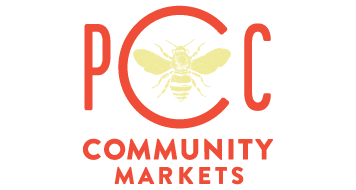Meet Washington’s cheesemakers and build a local cheese plate
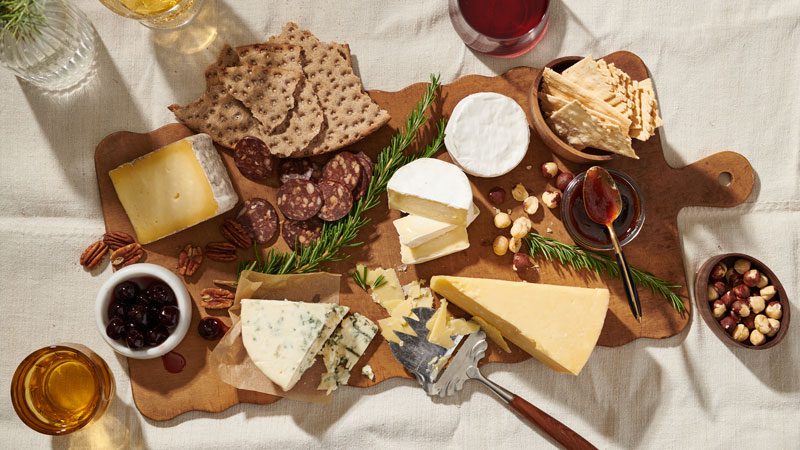
Washington state cheese is officially on the map. Now it’s even got a passport.
Around 50 cheesemakers are now licensed in Washington, more than quintuple the number licensed just 20 years ago. This year, the state Cheesemakers Association added a “cheese trail” interactive map and online passport to help locate local cheese producers, with the help of a U.S. Department of Agriculture (USDA) grant. Find the map free online here, meet some Washington cheese producers and get some professional cheese board ideas below.
What is Washington cheese?
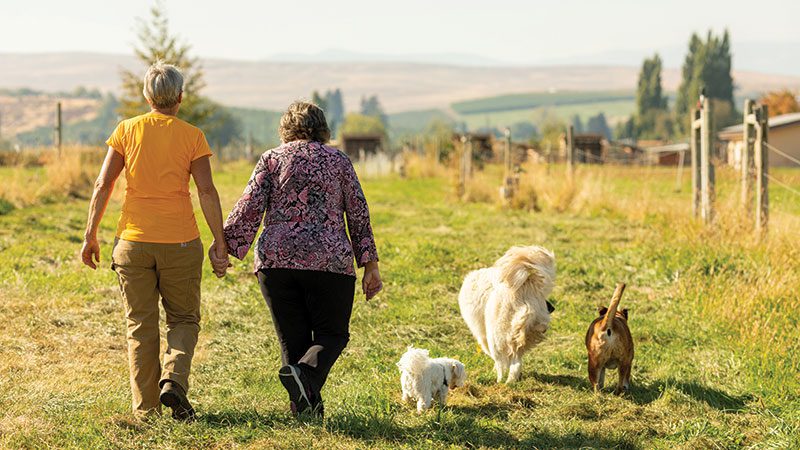
“There’s such a diversity of styles being made in the U.S.,” and the same holds true in our state, said Courtney Johnson, head of the state association and a U.S. representative in global cheese competitions. There aren’t regional differentiations the way there are in Europe. “We are a country of immigrants.”
Currently Johnson’s seeing increased interest here in Mexican-style cheese — and she’s seeing a lot of fresh cheeses, particularly those using goat milk. Fresh cheese poses less risk to the producer. “If you age cheese, there’s a possibility it’s not going to turn out well, and then you don’t make money on it.”
A distinction for Washington: The vast majority of cheesemakers here are “very small operations” making less than $250,000 per year. Budget limitations combined with our mountainous East-West divide means producers might not have access to wide distribution networks. Regardless, their small size means they might only make enough cheese to serve their own city or region.
That highlights a longstanding conundrum of Washington cheeses. As cheese expert Laura Werlin once told Tami Parr of the Pacific Northwest Cheese Project, the very thing creating the Northwest’s reputation for world-class cheese — its small scale — also keeps its cheeses below most people’s radars.
One goal for the cheese passport is to show local turophiles all the tempting options to seek out.
Washington cheese at PCC
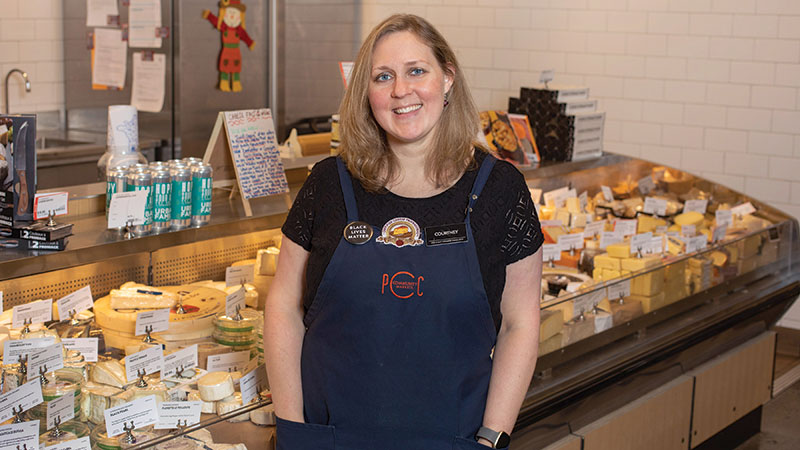
File photo of Courtney Johnson, head of the Washington State Cheesemakers Association and formerly a PCC cheese specialist.
PCC stores carry many Washington cheeses, from big operations like Beecher’s Handmade Cheese, founded at Pike Place Market, and Washington State University’s Cougar Gold, to the tiny two-person Tieton Farm and Creamery making seasonal farmstead cheeses near Yakima when its goats and sheep are producing milk.
For decades, changing economics and technologies have meant far fewer, but mostly far larger, dairy farms operating nationwide. The number of licensed U.S. dairy herds fell by more than half between 2002 and 2019, though milk production continued to grow, according to this USDA report.
Washington farmers began the cheese trend as a way to stay in business, with a value-added product making the dairy sustainable. More recently, Johnson sees people becoming licensed in response to the rising demand for specialty cheeses, partly fueled by the trends of people making cheese boards and charcuterie boards at home.
Crafting a cheese tray with local cheese
Looking to make a Washington-themed cheese plate for holiday festivities (or, really, any time)? Johnson, also a former PCC cheesemonger and co-founder of Street Cheese, recommends:
- Start with odd numbers — select three cheese for a small cheese plate, building up to 5 or 7 for larger platters.
- Diversify textures: Try using a soft cheese, a hard cheese and a blue cheese — or a Brie, a fresh goat cheese and a Gouda or cheddar.
- Avoid having strong flavors compete. “If you did the Lost Peacock Creamery Thai Garlic Chevre, maybe do two plain cheeses with that.”
- If your plate includes a baguette, cut slices thinly so the bread is a way to convey the cheese to your mouth rather than overwhelming it. “Experiment with other vehicles” too, like a potato chip or dried apple chip or a slice of fresh pear (caveat: they oxidize fast) or a piece of local salami. Or, you could eat hard cheeses by themselves.
- If a cheese board is just one feature in a big feast, allow a half-ounce of each cheese per person, and 4 to 6 total ounces of food on the board per guest. If it’s the sole appetizer, allow for a full ounce of each cheese per guest.
- Cut the richness of the cheese with contrasting condiments. “I always like to do Washington things on a Washington cheese board,” Johnson said. She’s a fan of the “fantastic” Pickled Chef pickled vegetables and Firefly Kitchen fermented goods (try the Ruby Red Kraut.) For sweet contrasts, Brown Pecan candied pecans or Lanier candy brittles would be great.
Meet Familia del Norte
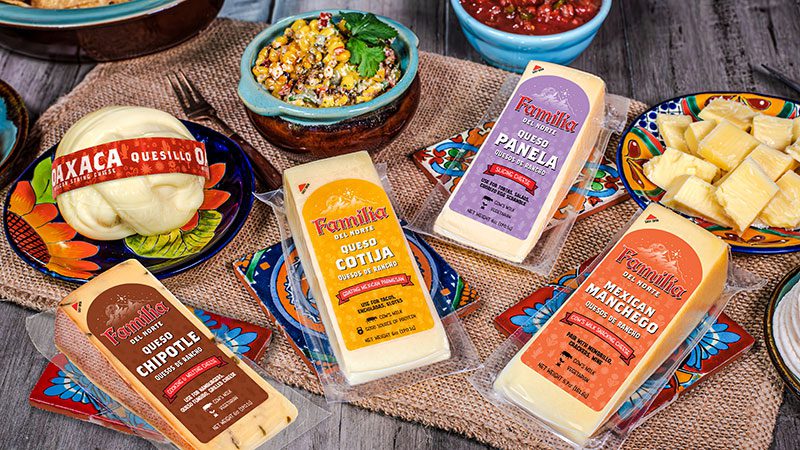
One of the newer cheesemakers on the Washington scene is Familia del Norte, producing “Latin-inspired cheeses” that have already won acclaim at the American Cheese Society awards and the World Championship Cheese Contest.
Founder Nidia Hernandez began her “journey in cheese” through Ferndale Farmstand, where her husband, Daniel, is a co-founder and cheesemaker. The more she fell in love with the world of artisan cheese, though, the more she realized how rarely she saw the styles and flavors of her own childhood.
She grew up “in a bubble, in a sense” in Yakima County, surrounded by people who represented her culture and identity as a first-generation Mexicana. Whatcom County was far less diverse when she first moved there, but that’s changed over time too. “We’re all moving away from where we grew up, all expanding, exploring new things.”
Her journey in cheese actually started at age 16, scooping ice cream and breaking down 40-pound blocks of cheddar curds at the Dairy Fair store attached to the Darigold milk factory in Sunnyside.
It’s at a smaller scale now, where Familia del Norte shares space with Ferndale and uses milk from its herd. Some 800 head of cattle are raised sustainably there, she said, with all their food growing within a 3-mile radius.
The creamery’s current lineup includes Cotija, Mexican Manchego, Quesillo Oaxaca and Asadero. She recommends those curious about them to start with the Cotija, a gratable version that’s more in line with its 400-year history in Mexico than with most of the fresh, crumbly versions in the U.S. “We knew we wanted to make something aged, something piquant and flavorful and bold.”
The cheesemakers who work with her come from different parts of Latin America.
“We’re not a homogenous group. Even with Mexico, you have so many regions with so many varieties of the same cheese,” she said.
All were passionate about creating something unique, she said — using their hands and hearts to make cheeses representing the flavors of their family cultures… and also their corner of the Northwest.
Meet Lost Peacock Creamery
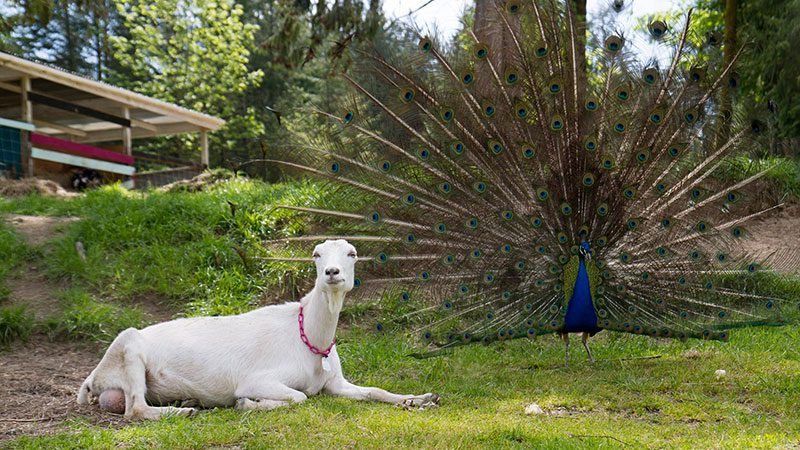
Goats are like potato chips, says Rachel Taylor-Tuller. “You can’t have just one.”
At Lost Peacock Creamery near Olympia, she and husband Matthew have around 100 now. After nine years in business, breeding their own animals, they have generations living together, with grandmother goats and children and grandchildren all in a natural herd.
“They have their best friends, and they have drama, and they have all the space that they need to be themselves,” she said.
Why goat cheese? “Well, I didn’t know enough to know what a silly idea that was,” she laughed. “It’s actually a really hard way to make a living.” Back then, though, Taylor-Tuller was a U.S. Air Force veteran captivated by farming after serving in Iraq. She began with chickens, and found caring for the animals grounding and fulfilling. Intolerant to cows milk, she got one goat, which led to asking “what job can I have where I get to own all the goats?” Dating Matthew, an emergency room nurse at the time, she told him she “couldn’t be distracted by a cute boy” if he wasn’t interested in the farming life. Luckily, he shared the dream and is now their full-time cheesemaker.
It’s been a long process of learning — and proving that a small farm near an urban area can live in harmony with the natural world.
“One of the things about dairy that everyone has to come to terms with is, there are animals involved, and they are real heartbeats, and they have real effects on your own life. Every kidding season Matthew and I would have, like, an existential crisis, “Oh my gosh, what are we doing? This was a lot of heartbeats that we’re managing. Are we doing justice to the animals and the land that we’re doing it in and all of those things?”
Some of those heartbeats are human: Their first child was born the week they were licensed as cheesemakers. At two weeks old, he came to his first shift at their farmers market stand.
Ethical farming is their goal; the 11-acre property is animal welfare certified, solar-powered, and irrigated through reclaimed water. They’ve dedicated 3 acres as a wild place, planting 2,000 trees on it one summer and native plants, “just trying to create a space for the rest of the natural world to live.”
Lost Peacock’s chevres, halloumi and Gouda-style cheeses win big fans for flavor, including People’s Choice awards from the Washington Artisan Cheesemakers Festival. But Taylor-Tuller thinks their customers appreciate the context as well as the taste, “knowing that their food is coming from a pretty beautiful place.”
